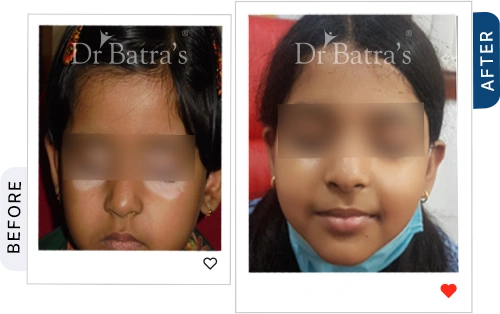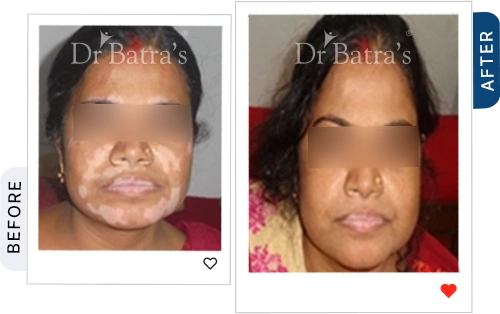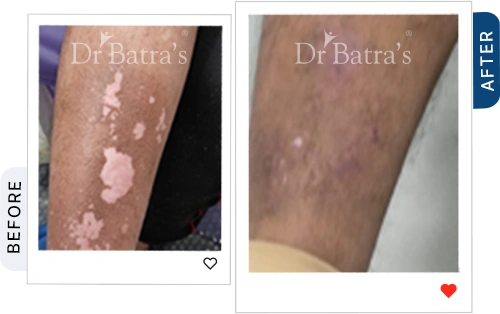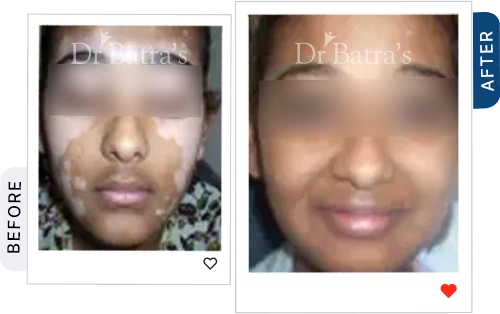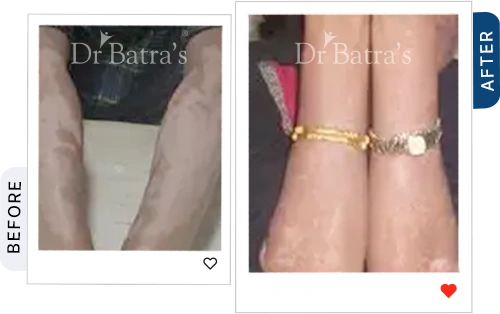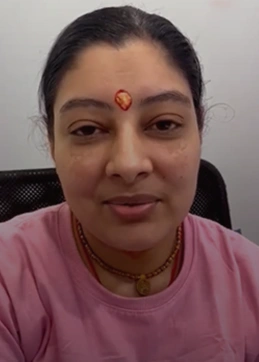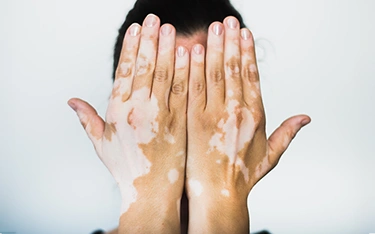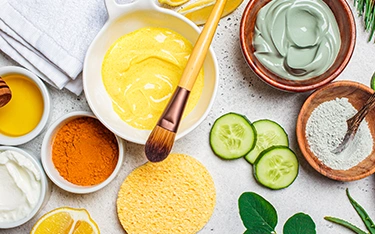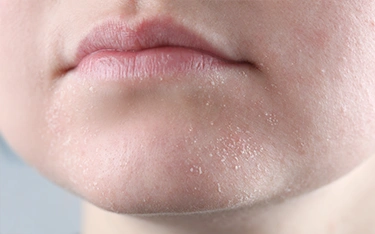Noticing white patches on your skin can be unsettling. It might start with a small spot on your hands, face, or neck, but the fear of it spreading can be overwhelming. Vitiligo is more than just a skin condition, it affects self-confidence, emotional well, being, and social interactions.
While vitiligo isn’t contagious or harmful to physical health, it affects nearly 70 million people worldwide and often comes with misconceptions and social stigma. The good news? Early detection and the right treatment can help slow or even reverse its progression.
In this guide, we’ll explore how to stop vitiligo from spreading naturally, effective lifestyle changes, and how homeopathy can help manage vitiligo safely.
7 Effective Ways to Stop Vitiligo from Spreading
While vitiligo cannot always be fully stopped, these science-backed strategies can help slow its spread and improve skin health.
- Protect Your Skin from the Sun
- Apply broad-spectrum sunscreen (SPF 30 to 50) to prevent skin irritation
- Avoid direct sunlight between 11 AM - 3 PM
- Wear hats, scarves, and protective clothing when outdoors
- Avoid Skin Trauma (Cuts, Burns, Injuries)
- Skin injuries can trigger new vitiligo patches (Koebner's phenomenon)
- Be gentle with exfoliation and avoid harsh chemicals
- Be Cautious with Tattoos & Piercings
- Skin trauma from tattoos can trigger new white patches—consider temporary tattoos instead
- Manage Stress & Emotional Well-Being
- Chronic stress can weaken immunity, worsening vitiligo
- Practice meditation, yoga, and deep breathing for relaxation
- Follow a Vitiligo-Friendly Diet
What you eat can impact vitiligo progression
- Foods to Eat:
- Antioxidant-rich: Berries, dark chocolate, leafy greens
- Omega-3 sources: Fish, nuts, seeds
- Vitamin-rich: Eggs, yogurt, citrus fruits
- Foods to Avoid:
- Processed foods: Sugary snacks, fried items
- Dairy & gluten: May trigger autoimmune reactions
- Excess alcohol
- Maintain a Healthy Lifestyle
- Regular exercise improves circulation and immunity
- Get 7-9 hours of sleep to reduce inflammation
- Consider Light Therapy & Homeopathic Treatment
- UVB phototherapy helps restore pigmentation
- Homeopathy offers a safe, holistic approach to managing vitiligo
What to avoid to prevent spread of vitiligo?
- Excessive Sun Exposure: Prolonged UV exposure (Between 10:am to 4:pm) can trigger the spread of vitiligo; use sunscreen to prevent the condition from spreading.
- Skin Trauma: Cuts, burns, or harsh exfoliation may worsen patches; avoid them to prevent vitiligo from spreading.
- Stress & Emotional Strain: Chronic stress can accelerate the spread of vitiligo; managing stress can help prevent the spread of vitiligo.
- Harsh Chemicals & Irritants: Strong skincare products may provoke new patches, highlighting how to avoid vitiligo from spreading.
- Tattoos & Piercings: Skin injuries from these can trigger new patches, making early care crucial to prevent or slow the progression of vitiligo at an early stage.
- Unhealthy Diet: Deficiencies of vitamin B12 and iron can exacerbate the condition of vitiligo.
At Dr Batra’s®, we treat not just vitiligo but the person behind it, ensuring compassionate and effective care.
How Can Homeopathic Treatment Prevent Vitiligo from Spreading? Homeopathy is a natural, side-effect-free approach that strengthens the immune system and helps stop vitiligo from spreading. Many patients wonder “Can we stop vitiligo at an early stage?” Homeopathic treatment aims to stabilise the condition and minimise further pigment loss.
Does Vitiligo Always Spread Throughout the Body?
Vitiligo does not always spread to the entire body. Still, it can spread in some cases, especially if triggers such as stress, skin trauma, hormonal changes, or immune system imbalances are present. Many people wonder, “Can vitiligo stop spreading?” or “Can we stop vitiligo at an early stage?” While the exact cause is not fully understood, autoimmune responses, oxidative stress, and genetic factors play a significant role in triggering new patches.
Early intervention and proper care, including homeopathic treatment, can help stop spreading vitiligo, stabilise existing patches, and reduce the risk of further depigmentation. Combined with sun protection, a balanced diet, stress management, and lifestyle modifications, these measures enhance overall skin health and support the long-term management of the condition.



